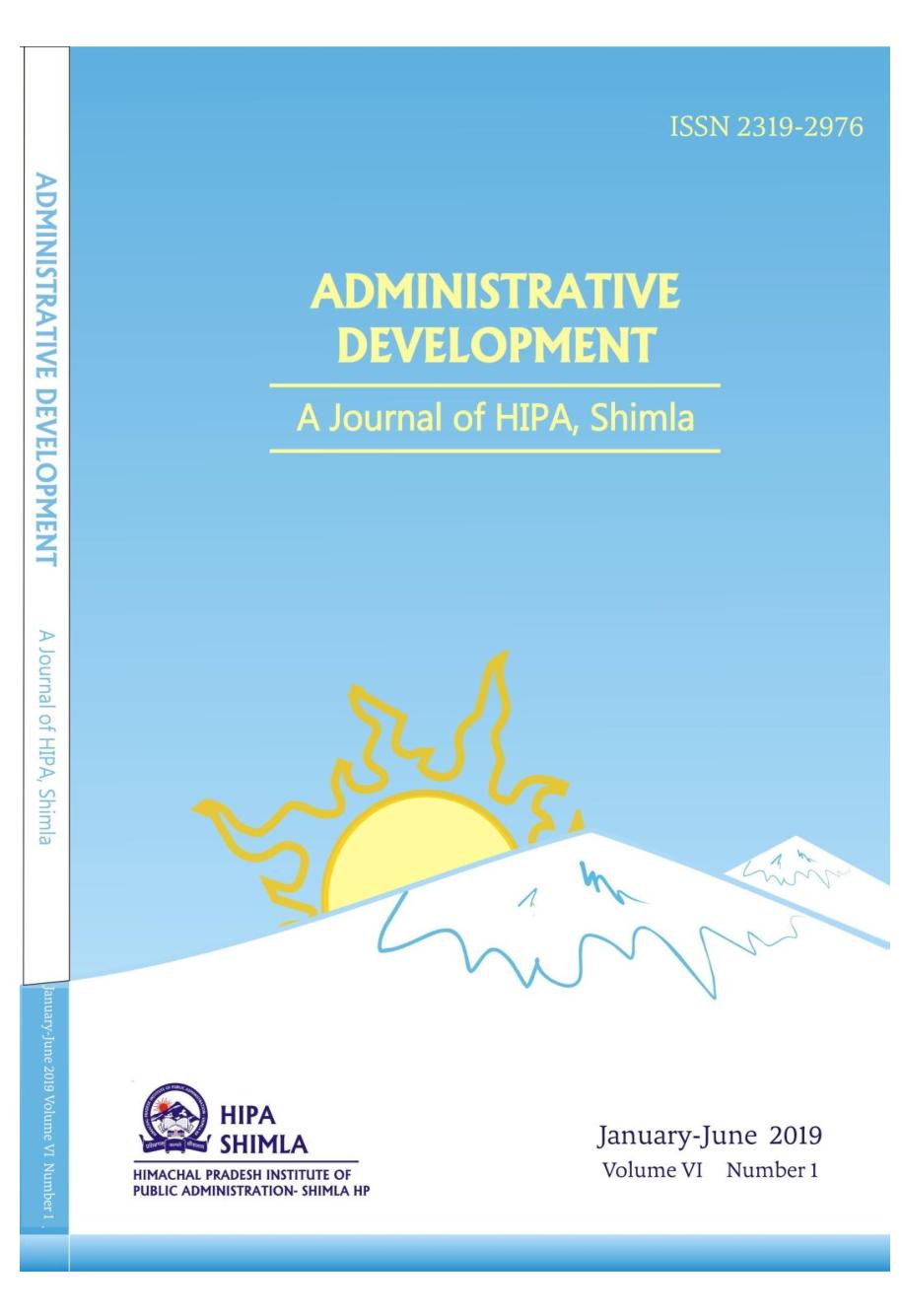TECHNOLOGY: A TOOL TO IMPLEMENT THE SUSTAINABLE DEVELOPMENT GOALS
Keywords:
Technology Models, Forests, Sustainable Development Goals (SDGs), Deforestation, Climate Change, Biodiversity, Mountain CommunitiesAbstract
Himachal Pradesh is one of the mountain states of the NW Himalayan region with two third area under forests. Forest contribute to welfare of all well beyond the local population through climate, hydrological services, energy, agriculture, industry, livelihood at multiple economic scales. Halting deforestation, forest degradation, practicing sustainable forest management are important targets for limiting climate change, protecting biodiversity and freshwater supplies, providing raw materials for a minimum ecological footprint economy, and protecting the livelihoods of millions of people. The Sustainable Development Goals(SDGs) can be major drivers in efforts to halt deforestation and forest degradation in mountain states like Himachal Pradesh and to strengthen the positive contributions that forests play in the future of sustainable development. Himalayan Research Group (HRG) is instrumental in developing technology driven innovative solutions for efficient utilization and conservation of forest resources. HRG innovations for utilization of solar energy in domestic water and space heating, ex-situ propagation of high value endangered medicinal plants, improved fodder practices and alternate livelihood for forest dependent communities contributes to targets of the SDGs. Details of these technology applications were discussed and presented as tool to implement the SDGs.

Downloads
Published
How to Cite
Issue
Section
License
Upon acceptance of an article, authors will be asked to complete a 'Journal Publishing Agreement'. An e-mail will be sent to the corresponding author confirming receipt of the manuscript together with a 'Journal Publishing Agreement' form or a link to the online version of this agreement.
Subscribers may reproduce tables of contents or prepare lists of articles including abstracts for internal circulation within their institutions. Permission of the Publisher is required for resale or distribution outside the institution and for all other derivative works, including compilations and translations. If excerpts from other copyrighted works are included, the author(s) must obtain written permission from the copyright owners and credit the source(s) in the article. As a general rule, permission should be sought from the rights holder to reproduce any substantial part of a copyrighted work. This includes any text, illustrations, charts, tables, photographs, or other material from previously published sources.
This journal permits and encourages authors to post items submitted to the journal on personal websites or institutional repositories both prior to and after publication, while providing bibliographic details that credit, if applicable, its publication in this journal.
